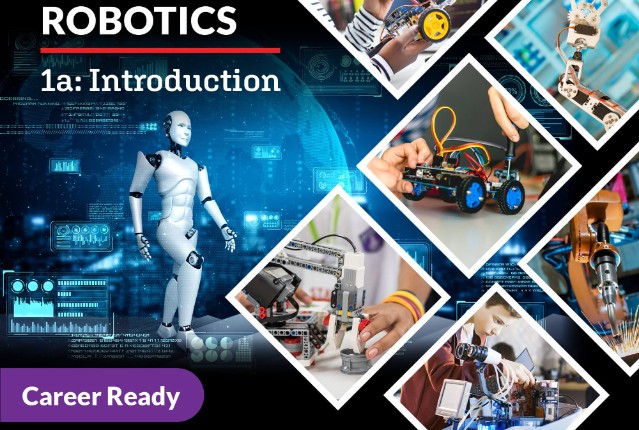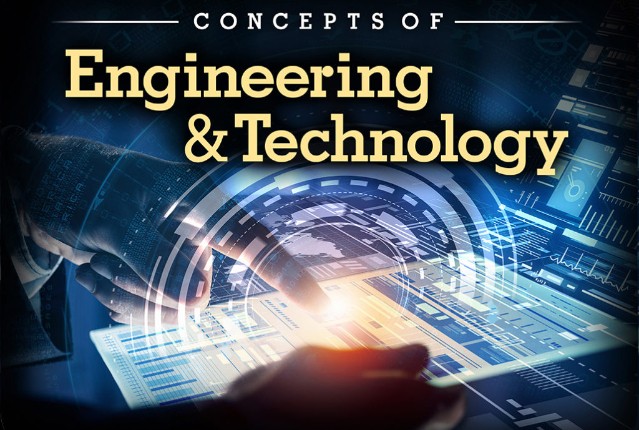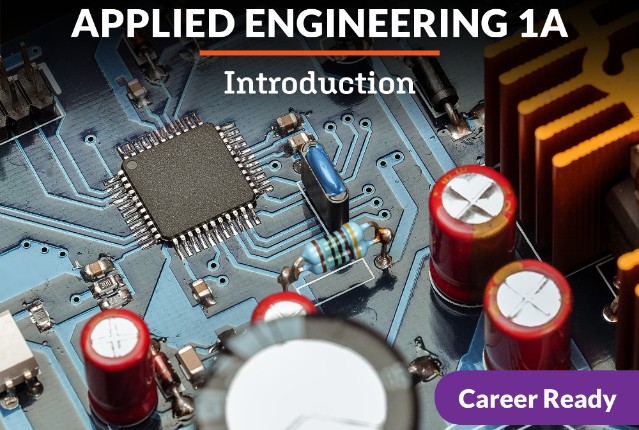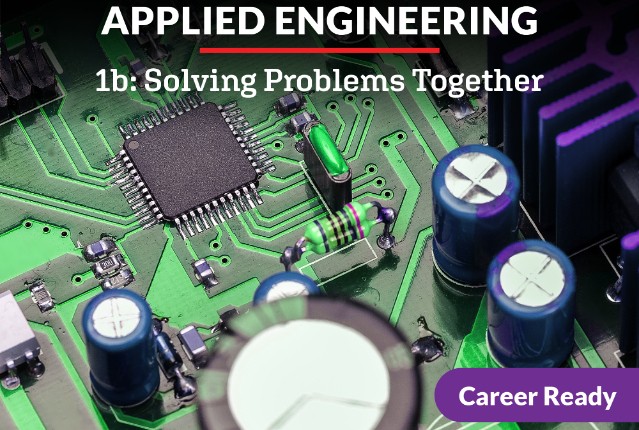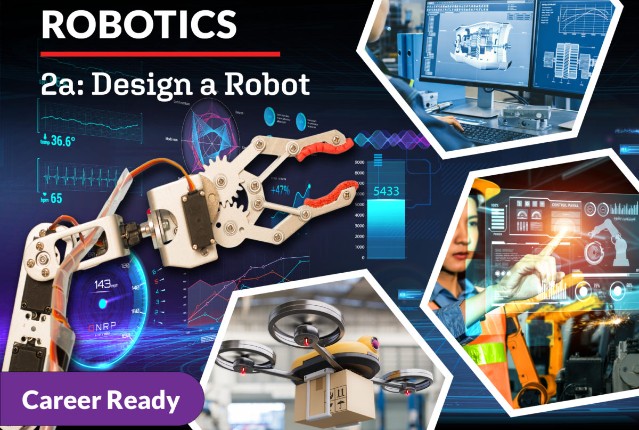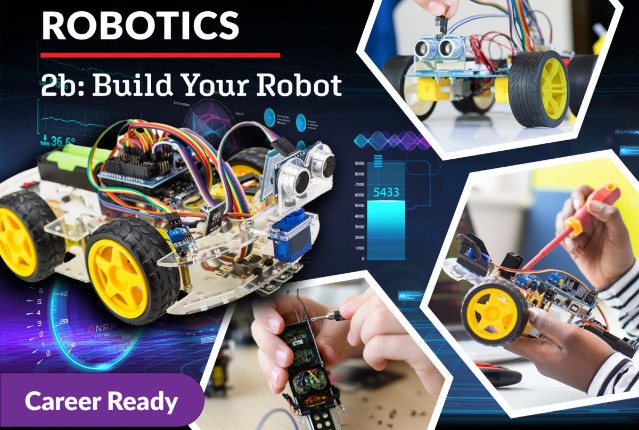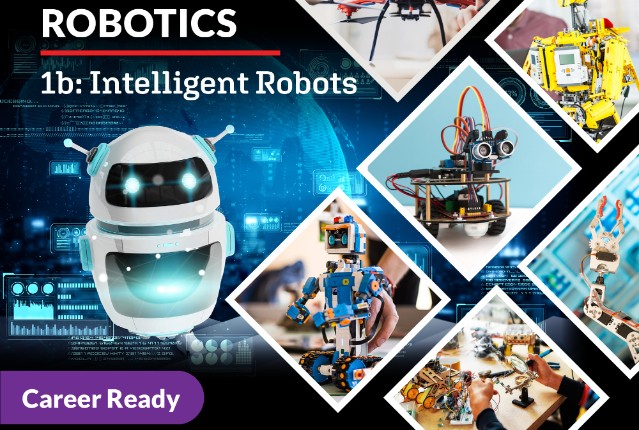
Robotics 1b: Intelligent Robots
The robots have invaded… and they’re here to make our lives easier. You’ve learned about the basics of robotics and STEM careers, but now we’re going to learn about manipulating the physical world to create desired effects. In this course, you’ll learn to manipulate electrical signals to create logic and memory, how to quantify the physical world through variables, and how to have an impact through tools. You’ll discover how to choose the best tools and materials, how to create AI, and how to take an idea from initial planning to a completed project. Let’s continue the pursuit of a career in robotics so the friendly invasion can thrive!
Review course outlineAccess for a year
USD 299.00*
* Choose more courses to get a discount
